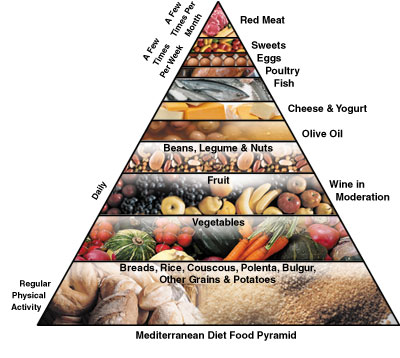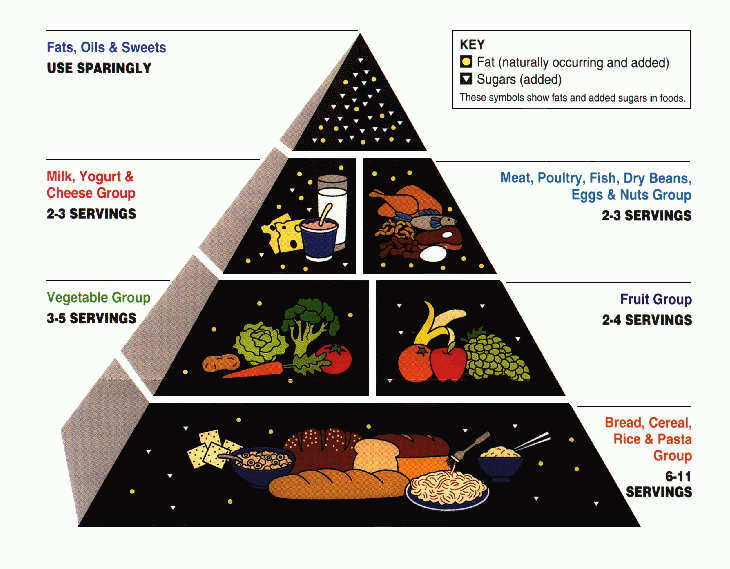Introduction
Juice Diets are a form of detox dieting generally used to help cleanse the body and jump-start metabolism. In simple terms, it is a form of extreme fasting. While some people do stay on juice diets for long periods, most of these programs were not designed as long-term weight loss solutions. If you intend to undertake a juice diet for more than one to three days, it is recommended that you consult with a physician.
Promise
Eliminate solid foods, and stick to only drinking fruit and/or vegetable juice and you can lose weight.
Premise
The body is loaded with poisons and toxins. By using a juice fast, we can rid the body of these harmful substances. After fasting, it is then easier to incorporate a healthier diet for the long term.
Program Overview
Juice diets or fasts are designed to cleanse the body of toxins, but they are severely restrictive and specific in what you can and cannot have. Most juice fasting plans are used as a complement to a longer-term weight loss program and are therefore only 1 to 3 days in length. However, some proponents recommend staying on these types of fasting programs longer. How long? The general rule of thumb is that you should stay on a fasting program until you have been free of the detoxification symptoms (which are often severe) for at least two days.
There is a wide range of juice plans out there and you will find a lot of variation in terms of the types of fruits and vegetables that should be used, how much you should drink, and when. Here are a few general recommendations:
- Throughout the day, sip between 32 and 64 ounces of juice.
- Also, drink between six glasses of room temperature or warm filtered water each day.
- Stick to juices made of celery, carrot, cabbage, kale, spinach, beets, apple, cranberry, and pineapple. It is best to avoid citrus fruit-based juices.
- Drink organic, freshly prepared juice.
- No solid foods are allowed while on the diet.
Plan Strengths
Certain juices do have healing and cleansing properties that can allow the body to undergo gentle and safe detoxification.
Plan Weaknesses
Claims of losing 30 to 40 pounds in 30 days should be viewed with great skepticism. For most people, fasting will lead to weight loss. Why? Dramatically reducing your caloric intake is going to lead to weight loss. That is a no-brainer. What is important to note is that much of that weight loss, especially in the first few days, is likely going to be in the form of water weight.
The list of side effects from juice fasting is long and includes everything from fainting, dizziness, and low blood pressure to vomiting, diarrhea, and kidney problems. Women that are pregnant or people suffering from various health conditions should not attempt to.
Juice diets provide very little nutritional value. They are extremely restrictive as a source of protein and fat and provide very few calories. While vegetable and fruit juices are a good source of vitamins and minerals and contain certain cancer-fight phytochemicals, the benefit is minimal in comparison to what is lost in other nutritional areas. You are much better off eating the fruits and vegetables whole. You can then reap the benefits of increasing your metabolism and ingesting much-needed fiber.
Ironically, a juice diet could actually make it harder for your body to rid itself of waste, as constipation is likely to occur due to the lack of fiber needed to get the job done. Additionally, staying on this program long-term could lead to your body’s metabolism slowing. The body may begin to believe it is being starved and actually start consuming muscle for energy. Simply put, it just is not healthy to stay on this type of plan long-term.
Conclusion
The body does periodically experience a buildup of toxins and poisons that can prove harmful to your health and well-being. Detoxing regularly can go a long way in improving your general health, and if starting a new weight loss regimen, assist as a jump-off point. Ridding the body of toxins and poisons that can potentially harm your health is a good thing. With that said, detoxification for more than a few days should be monitored by a healthcare professional.
As a weight loss solution, the juice diet is not a good solution. Participants would experience temporary weight loss from loss of water, but long-term sustainable weight loss is not likely. A low-fat, well-balanced diet approach supplemented by regular exercise would definitely serve you better.
The information provided here is for educational or informational purposes only. Dave DePew does not endorse any of the programs/services reviewed here.
Additional Resources
Juice Fasting – www.juicefasting.org
Juice Fast – What You Need to Know About a Juice Fast, About.com, http://altmedicine.about.com/od/detoxcleansing/a/juice_fasting.htm
Doing Less and Accomplishing More: A Technique for Successful Fasting
http://www.doctoryourself.com/juicefast.html


